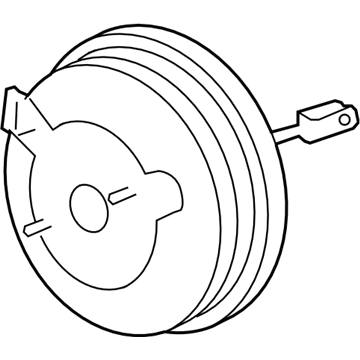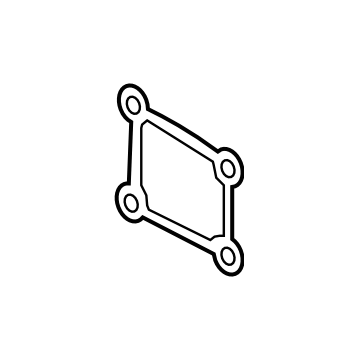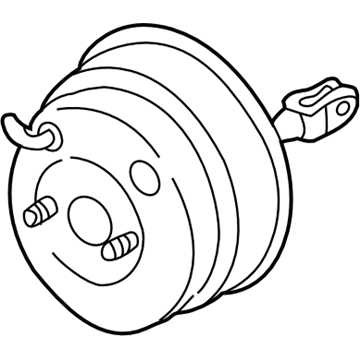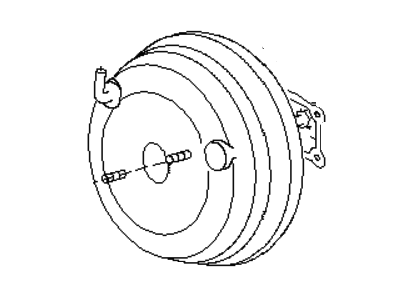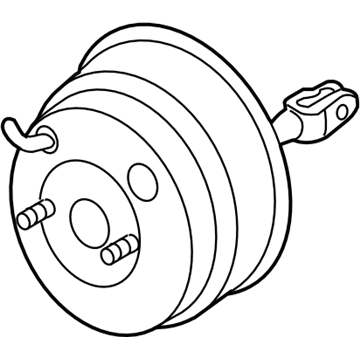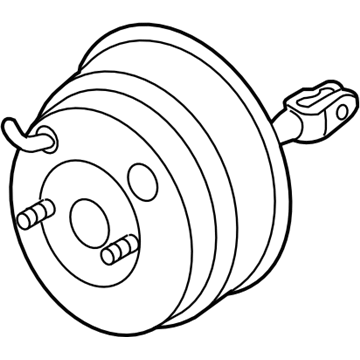×
- Hello
- Login or Register
- Quick Links
- Live Chat
- Track Order
- Parts Availability
- RMA
- Help Center
- Contact Us
- Shop for
- Subaru Parts
- Subaru Accessories


My Garage
My Account
Cart
Genuine Subaru Legacy Brake Booster
Brake Power Booster- Select Vehicle by Model
- Select Vehicle by VIN
Select Vehicle by Model
orMake
Model
Year
Select Vehicle by VIN
For the most accurate results, select vehicle by your VIN (Vehicle Identification Number).
25 Brake Boosters found
Subaru Legacy Vacuum BSTR Assembly LH
Part Number: 26402AJ01A$282.79 MSRP: $417.10You Save: $134.31 (33%)Ships in 1-3 Business DaysSubaru Legacy Gasket Booster
Part Number: 26467AJ00A$4.47 MSRP: $6.32You Save: $1.85 (30%)Ships in 1-3 Business DaysSubaru Legacy Vacuum BSTR Assembly LH
Part Number: 26402AE32A$121.44 MSRP: $176.00You Save: $54.56 (31%)Ships in 1-3 Business DaysSubaru Legacy Vacuum Booster Assembly
Part Number: 26402AJ17A$282.79 MSRP: $417.10You Save: $134.31 (33%)Ships in 1-3 Business DaysSubaru Legacy Vacuum BSTR Assembly LH
Part Number: 26402AL12A$99.94 MSRP: $144.83You Save: $44.89 (31%)Ships in 1-3 Business DaysSubaru Legacy Vacuum BSTR Assembly LH
Part Number: 26402AL13A$103.34 MSRP: $149.77You Save: $46.43 (31%)Ships in 1-3 Business DaysSubaru Legacy Vac BSTR Assembly LH
Part Number: 26402AN00A$107.27 MSRP: $155.47You Save: $48.20 (31%)Subaru Legacy Vacuum BSTR Assembly LH
Part Number: 26402AG15A$355.95 MSRP: $525.00You Save: $169.05 (33%)Ships in 1-3 Business Days
| Page 1 of 2 |Next >
1-20 of 25 Results
Subaru Legacy Brake Booster
Our website stands as the go-to online destination for OEM Subaru Legacy Brake Booster. With complete lines of genuine Subaru Legacy Brake Booster available at unbeatable market prices, we ensure top quality, reliability, and durability. Each part comes backed by the manufacturer's warranty, reinforcing your trust in our offerings.
Subaru Legacy Brake Booster Parts Questions & Experts Answers
- Q: How to maintain and replace the power brake booster unit on Subaru Legacy?A:Also, the power brake booster unit does not need any special maintenance, but it may require a regular check on vacuum hose and its casing. To check if it is working properly press the pedal without starting the engine for several times; there should be no change in pedal reserve distance. Next, push the pedal and start your engine. If it slightly goes down, then everything is alright. For air tightness inspection, start an engine and switch off after one or two minutes of running. Then slowly depress the pedal. If on first depression the pedal goes further down and then gradually rises on second and third depressions means that booster is airtight. In addition to that, with your engine running,repeatedly press the brake pedal down until you stop the car by depressing the brake pedal at once,till when you have held down for 30 seconds without any change in reserve travel of pedal,this booster is airtight.In case this booster has malfunctioned ,it cannot be repaired but must be changed with a new or rebuilt unit. To take out this booster disconnect vacuum hose ,remove master cylinder as well.Then inside vehicle remove cotter pin,pushrod clevis pin to unlock brake booster pushrod clevis from behind brake pedals.Lastly remove four nuts from firewall that holds back up into place.Remove those four nuts from back side of firewall.Relatively speaking,it is simple for installation though tightening of those nuts which hold this booster against dashboard must be done.If new power brake boosters are being used,the length of push rod can be adjusted by turning it to right position using adjusting nut which will eventually lock nut.To complete,the last thing to do before hitting road again would be bleeding brakes again.
Related Subaru Legacy Parts
Browse by Year
2021 Brake Booster 2020 Brake Booster 2019 Brake Booster 2018 Brake Booster 2017 Brake Booster 2016 Brake Booster 2015 Brake Booster 2014 Brake Booster 2013 Brake Booster 2012 Brake Booster 2011 Brake Booster 2010 Brake Booster 2009 Brake Booster 2008 Brake Booster 2007 Brake Booster 2006 Brake Booster 2005 Brake Booster 2004 Brake Booster 2003 Brake Booster 2002 Brake Booster 2001 Brake Booster 2000 Brake Booster 1999 Brake Booster 1998 Brake Booster 1997 Brake Booster 1996 Brake Booster 1995 Brake Booster 1994 Brake Booster 1993 Brake Booster
